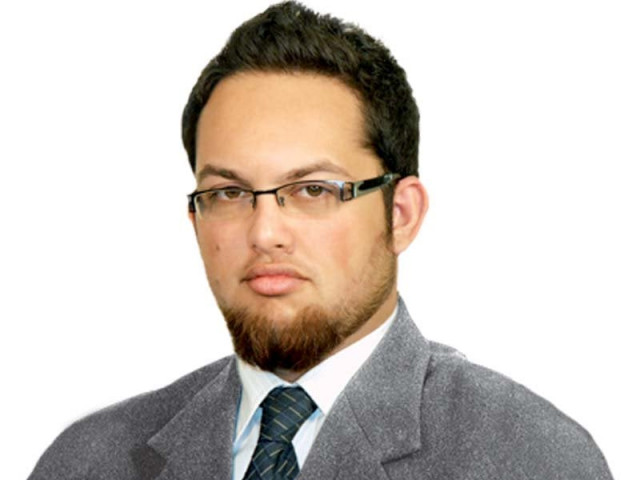Violence, policy and the city of Peshawar
LG set-up, devolution throws open Pandora’s Box regarding rural-urban divide

LG set-up, devolution throws open
Pandora’s Box regarding rural-urban divide.
Through this connection, we will be able to explain why people categorise certain areas within the city as safe while others are deemed relatively unsafe.
Although we think twice before visiting an unsafe locality at a specific time in any city of the world, the phenomenon mostly rings true for cities that are actively embroiled in war. Peshawar is a good example of a city that has managed to respond to global policy shifts and local politics - not just in spirit, but in body as well.
The physiognomy of the city is a strong indicator of this. In 1947, total area of the city was only 20 square kilometres (sq km). The size of the city subsequently expanded to 111 sq km through five consecutive boundary extensions.
The most recent change was a direct consequence of the Local Government Ordinance 2001.
City district, devolution
The ordinance not only did away with the rural-urban divide but also redefined the city’s geographic boundaries to include the entire district under one city district management. As a result, the size of Peshawar expanded to 1,257 sq km.
However, the local government set-up and devolution after the 18th Constitutional Amendment is Pandora’s Box – one nobody wants to open. This is partly because they fear the outcome and are unwilling to pursue something that will require them to focus on policy-making rather than politics.
It would be naive to assume that ending the rural-urban divide will end the divide. This would be akin to assuming that Shami Road and Badhaber are not only equal in what they get but also in how they look.
Those who know the city well can easily relate to this example: a police official once said Peshawar had shrunk to just five sq km when violence was its peak between 2009 and 2010.
So burgeoning urbanisation and its squeezing rural areas into a distinct category continues to grow significantly in the city. Although Peshawar keeps expanding, it has not been properly categorised. There is little effort on ground to suggest something is being done to address core issues.
Last week, local government representatives from the neglected southern districts of the province took to the streets to demand their rights. When their grievances were not addressed, the LG representatives went to Bani Gala in Islamabad to raise a voice against the provincial government’s failure to address their demands. This gesture speaks volumes about the priority given to the matter.
The flaw within policy initiatives need to be addressed before it is too late. The departments that deal with such matters need to hire experts who are aware of ground realities. Drafting and introducing legislation to serve petty political gains will further increase the divide that will eventually come to haunt us with more violence. If it isn’t already clear that the city is under constant threat, the divide will create space for the threat to materialise.
Published in The Express Tribune, February 24th, 2016.













COMMENTS
Comments are moderated and generally will be posted if they are on-topic and not abusive.
For more information, please see our Comments FAQ